“Once upon a time there was a little brown mouse.”
“No, wait! I want the mouse to be blue.”
“Well then, this mouse was blue, except for her tail, which was black. Her coloring was an advantage for the mouse, because she lived in the library, and she could blend in among the books. She would press her body against the spine of a blue book, and shape her tail into script, so it looked like the book’s title. . .”
I have very little skill as a storyteller, despite a lot of practice. My daughter requests stories every day, and the story of the mouse, which we haven’t finished, is our latest endeavor — “our” because it’s most certainly a collaboration. In addition to insisting that this story’s mouse be blue, Meg asked whether the mouse had any parents, and why she didn’t live with them, and if she saw them often, and why she lived in the children’s section. I begin with characters and then try to discover where they’ll take us. Meg’s prompts help form the characters or shape the plot.
There are at least two children’s books famous for their origins as tales told to particular children, and both begin with a request. Just after Edward Bear bump, bump, bumps down the stairs to be introduced as Winnie-the-Pooh, Christopher Robin asks for a story for the bear “About himself. Because he’s that sort of Bear.”
Alice and her sisters also “beg a tale”:
Imperious Prima flashes forth
Her edict to “begin it”:
In gentler tone Secunda hopes
“There will be nonsense in it.”
While Tertia interrupts the tale
Not more than once a minute.
“Tertia”/Edith’s interruptions give way to “sudden silence” in the following line, just as Christopher Robin’s questions end after he asks whether the Christopher Robin in the story is himself. I understand the silencing of those voices on the page, as their inclusion in the tale would repeatedly take the reader out of it. But I can’t imagine that in the initial telling, the children would have merely listened.
One of the characteristics of oral tales — not to mention young children — is their interactive nature. There’s a fluidity to stories not present in books. Though a child might ask as many questions about a written tale as an oral one, she has fewer opportunities to shape a story that is already fixed in print.
A story’s interactivity means that it is usually personal to the child, involves play between the adult and child, and allows opportunities for the child to assert her power to direct the action. That’s a remarkable set of possibilities for one activity with my girl, and it probably explains how often I hear: “Tell me a story.”


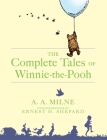


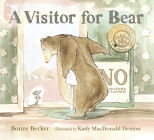




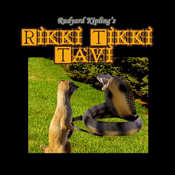




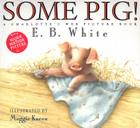






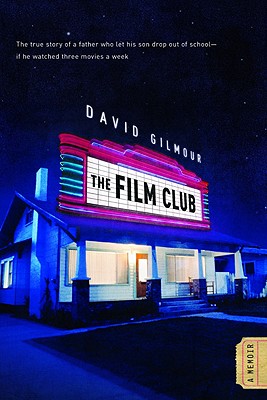

 subscribe in a reader (rss)
subscribe in a reader (rss)




